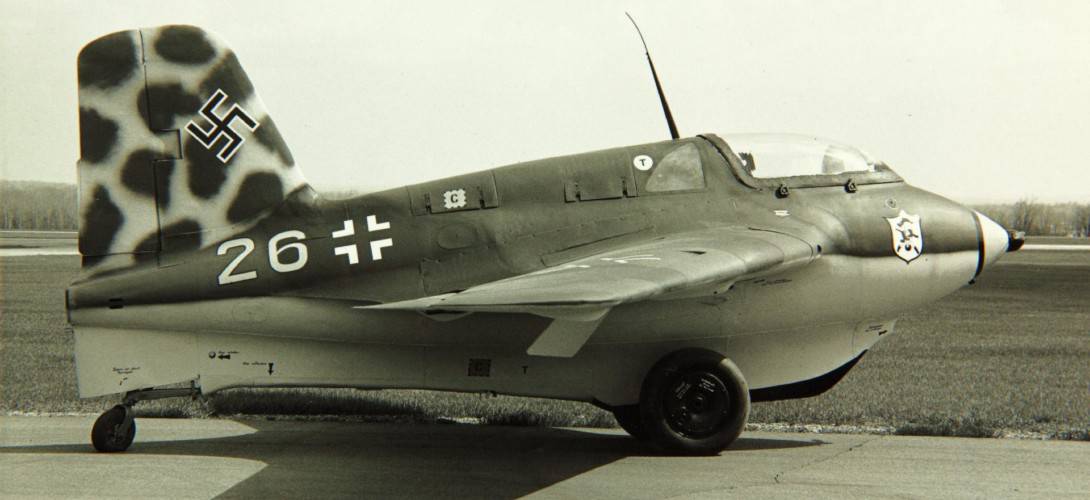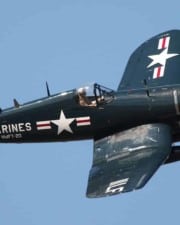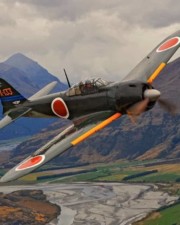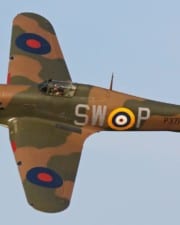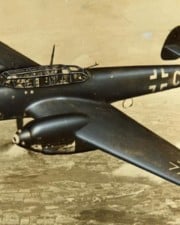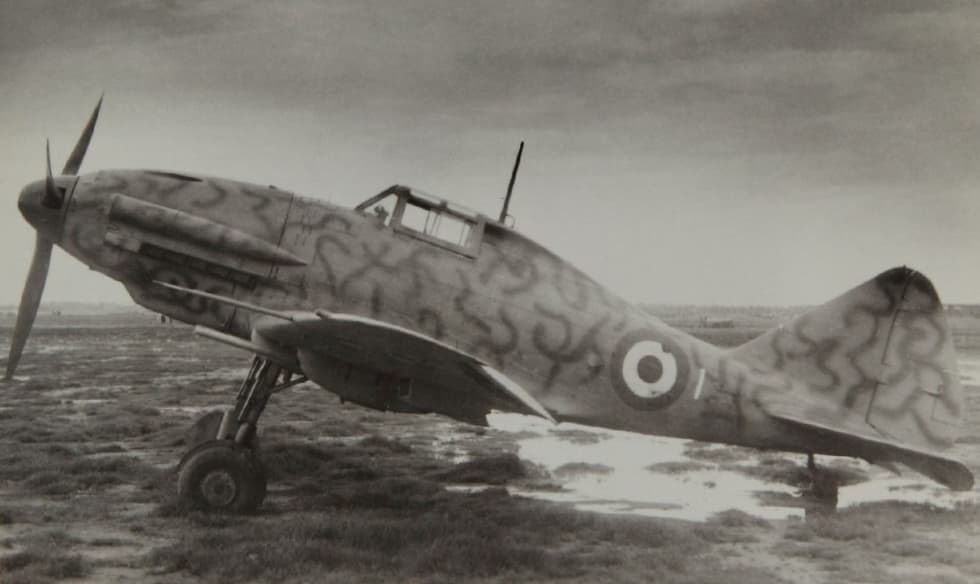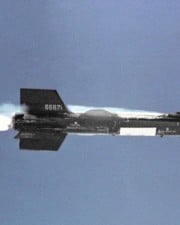With tensions in Europe rapidly growing at the end of the 1930s, several nations such as Britain, France, Germany, Italy and the Soviet Union started rapidly developing their flying military. Rapid development is, as you would expect, not ideal for developing the best product out there… This is an overview of some of the worst fighter planes developed and produced just before and during the second world war.
Fighter planes were designed for air-to-air combat. With high speeds and agility, they could gain an advantage on a battlefield during the war quickly.
Their duty was to take down their opponent’s aircraft while protecting their own. Unfortunately, not all planes used in the war were as fast, agile, or tenacious.
Warfare tactics in World War II differed dramatically from those used in past battles. As countries at war competed for dominance, they were required to work quickly and meticulously to optimize their aircraft convoys.
Between the start and the end of the war, the power and speed of aircraft increased significantly, and three main types of aircraft were used. These included fighters, bombers, and transport planes, each of which had its own function.
Fighter planes were used in tandem with bombers to shoot down their enemy’s plans, and often, the country with the best aircraft fleets dominated the war.
The Second World War saw the birth of many different aircraft, some that dominated the air successfully, claiming several wins for their nations from the sky.
However, other aircraft, whose design and production was often rushed to have them ready in time for the war, proved unsuccessful. Several features of these planes have caused them to be unsuccessful.
These include poor build quality, poor maneuverability, insufficient power, among others. Here is a list of some of the worst fighter planes used in the Second World War. Don’t stop here. We also did an article on the worst non-fighter planes of World War II.
7. Morane-Saulnier M.S.406
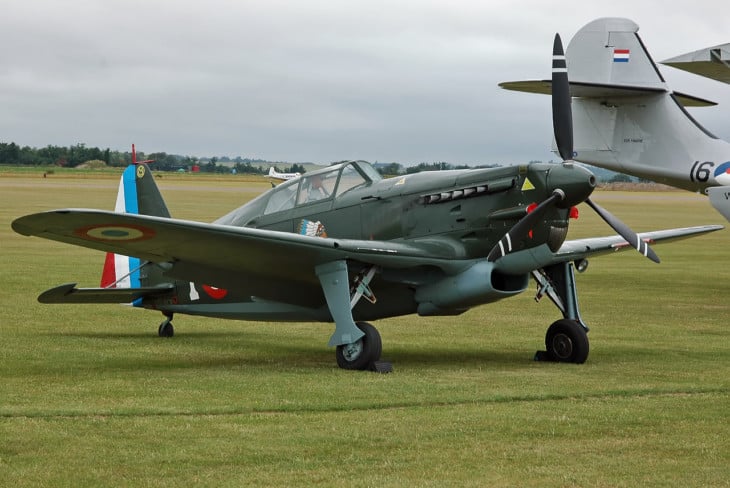
Morane-Saulnier began production of the M.S.406 fighter planes in 1938. In terms of numbers, it was France’s most significant fighter plane during the early stages of World War II. Although it was strong and maneuverable, its power was inadequate and under-armed in comparison to other models.
During the Battle of France, it was outperformed by the Messerschmitt Bf 109E. However, the M.S.406 held its own in the early stages of the, nicknamed by pilots, “phoney war”. When the war resumed in 1940, approximately 400 aircraft were lost.
In the late 1930s, when the war was looming, an order for 1,000 of these aircraft was made. Morane-Saulnier could not meet this demand at its factory, so a second production line was established at SNCAO factories in St. Nazaire that had been transformed to produce the type.
The first aircraft produced for the war flew in late January 1939, after production began in late 1938, and the slow delivery of engines hindered deliveries more than the shortage of airframes.
It was widely used in the war, but its lack of power and its tendency to be hard to control were the characteristics that hindered this aircraft’s performance in the war.
6. Heinkel He162

The Heinkel He162 was among Nazi Germany’s final attempts to reclaim authority over the skies with a low-cost jet fighter that anybody could fly. It arrived too late to have any real influence on the result of the war.
By September of 1944, the Russians and Western Allies were closing in on Germany’s homeland borders. In an urgent attempt to undo their defeat, the Nazis embarked on a desperate search for a war-winning weapon.
The German aviation industry created several designs, including the well-known Volksjager. Due to a lack of lightweight alloys, it was built with a high percentage of wood, and was intended for mass manufacturing by semi-skilled labor at several sites around Germany.
Because the Germans made these aircraft in sheer desperation, it only took 69 days from the beginning of design work to the aircraft’s first flight.
It had undesirable flying characteristics, as one would expect from such a rushed design. In combat, only a handful of He162s was ever encountered.
Delivery to Luftwaffe units began in early 1945, but only two successes were claimed for the aircraft during its brief service in the war, both of which were never verified.
Despite plans for manufacturing 4,000 units per month, the German Air Force received less than 200 by the end of the war.
5. Lavochkin-Gorbunov-Gudkov LaGG-3

The Lavochkin-Gorbunov-Gudkov LaGG-3 was a World War II Soviet fighter aircraft. It was an improved version of the previous LaGG-1, and among the most modern aircraft accessible to the Soviet Air Force during the German invasion in 1941.
Even though laminated wood made up most of the aircraft, 12 LaGG-3s were manufactured daily at one point, and 6,528 were built by the time factory 31 in Tbilisi shifted to Yak-3 manufacturing in 1944.
The durable timber used for the plane’s construction was incombustible and rust-resistant. However, due to its heavyweight, pilots often called it the “varnished guaranteed coffin.” The Lagg-3’s wooden wings were built in two sections, and its armament made it formidable.
It was made up of a large-caliber BK machine gun installed between two ShKAW machine guns and the engine’s cylinders, making it heavy. The aircraft was, in fact, too heavy for its engine, making it extremely difficult to control.
The installation of a new engine made little difference to the aircraft’s performance. Even after the company produced 66 variants of these fighter planes, they remained infamous among pilots, who did not like flying them.
4. Messerschmitt Me 163 Komet
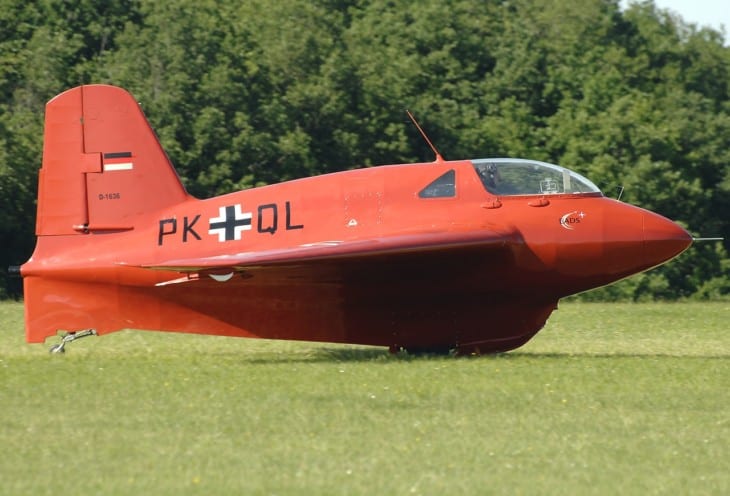
The Messerschmitt Me 163 Komet was an aircraft produced by the German Nazis in World War II. It was the first and only tailless interceptor that was powered by rockets to be used operationally.
Like the other heavy weaponry used by Germany in the last year of the Second World War, the Me163 had almost no effect on the war’s outcome.
However, given its development and deployment circumstances, the Me163 can rightfully be regarded as a significant technological achievement.
It resulted from a research program done in the late 1930s, and flight trials began in late 1941 at the rocket test center in Peenemunde West.
Even though the Me163’s Walther rocket engine gave the aircraft a top speed far exceeding that of any other fighter plane at the time, the volatile reactants used in the aircraft’s engines often led to their explosion.
This fighter plane was ultimately a futile, but brave attempt to take control of the air over Germany from the Allies in the Second World War. Despite being the fastest plane of World War 2, it was unsuccessful due to its unreliability, short-range, and poor endurance.
3. Messerschmitt Me 210
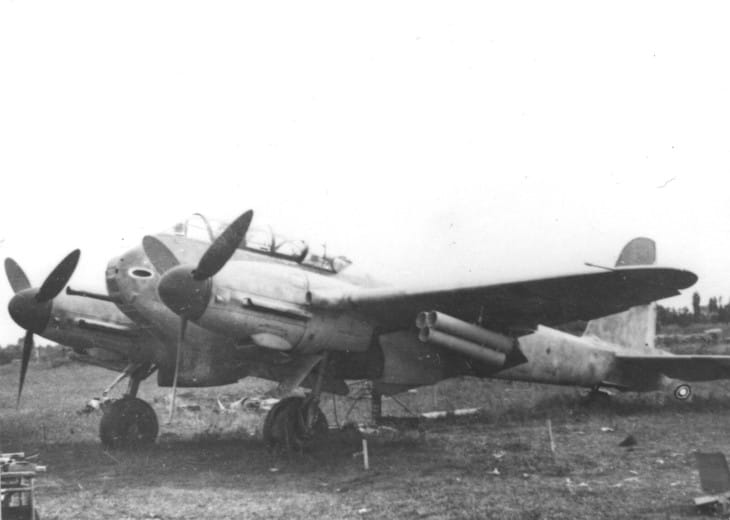
The Messerschmitt Me210 was a German heavy fighter that first flew in September 1939 as the predecessor of the Messerschmitt Bf 110. It was an extremely unstable aircraft that pilots found challenging to control.
Like the Me210, it had enough space for two people, the gunner and the pilot. They were housed in a glazed, greenhouse-like canopy. It had a teardrop-shaped fuselage and a tail-dragger undercarriage, accounting for the central components of the plane.
Its Daimler-Benz DB 601F engines had an output of 1330 horsepower that propelled the aircraft to promising speeds of almost 400 miles per hour.
Despite significant modifications to its tail unit, the aircraft’s instability remained, and authorities halted production in April 1942 while new steps were taken to enhance its aerodynamic characteristics.
The manufacturer addresses some of the aircraft’s flaws with a revamp of its wings and fuselage. Only 352 aircraft were completed before manufacturing was eventually halted in 1944.
2. Brewster F2A Buffalo

During the war, the Americans only had a few glitches, one of which was the Brewster F2A fighter. This airplane was developed in response to a 1936 US Navy contest for a new carrier-based plane. The Brewster F2A was the very first fighter monoplane ever to enter the Navy.
There were three versions of the F2A produced, and the fighter plane was given the nickname “Buffalo” by the British RAF, which also used the airplane. Despite its shortcomings, the Brewster F2A was not a poor choice, thanks to its lightweight body.
Unfortunately, it was only inappropriate for its role in WWII. The majority of the F2As was stationed in the Pacific Theater, where there was no competition for Japanese Zeros. When the Buffalo’s suffered heavy losses during the Battle of Midway, their inadequacy became apparent.
Because of the plane’s poor performance during the battle, the Marines dubbed it a “flying coffin.” Manufacturing ceased in 1941 after just three years of production.
1. Blackburn Roc

Claiming the number one spot is the Blackburn Roc.
The Blackburn B25 Roc was a British Fleet Air fighter aircraft that was designed by Blackburn Aircraft during the Second World War. In the 1940s, Britain’s now-defunct aircraft manufacturer Blackburn suffered a double design-failure blunder.
Its Roc was designed to be a fleet defense fighter, safeguarding bombers and strike planes from enemy forces while also keeping a close eye on friendly ships.
To do this efficiently, Blackburn decided to install a four-machinegun turret, a first of its kind, behind the pilot and removed any front-firing guns.
This made the Roc far too slow, and the fighter plane’s guns would not fire correctly unless the airplane were flying in a straight line, which was unconventional and inconvenient. It therefore earned the title of one of the worst fighter planes in history.
The Roc saw little combat before it was retired from front-line service and converted into a tug and trainer. However, some of these fighter planes were assigned to second-line battle groups.
During the war, the B-25 only claimed one confirmed victory, and it is known to have traveled off the coast of Norway during the Dunkirk evacuation.
Related Posts
